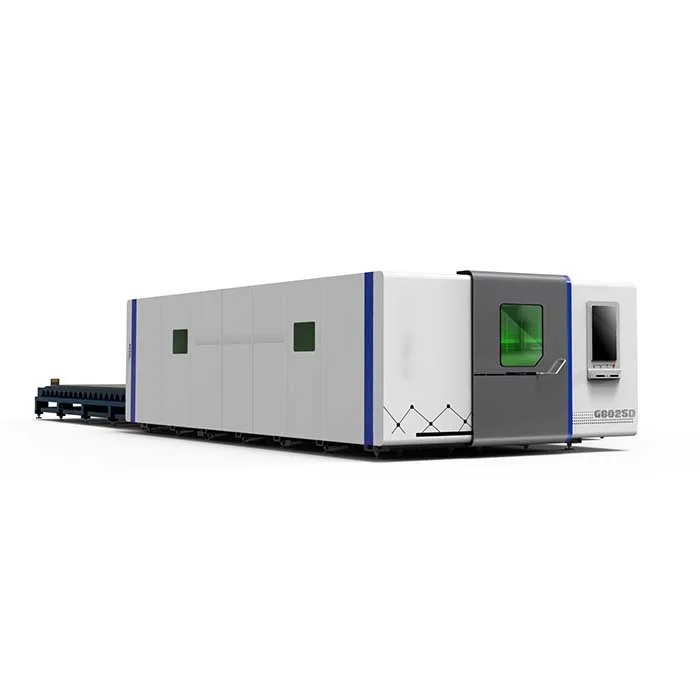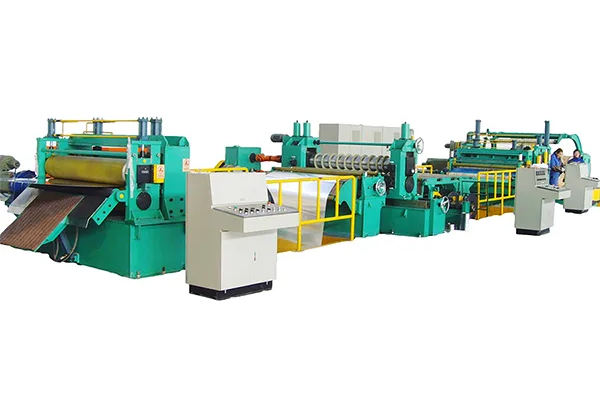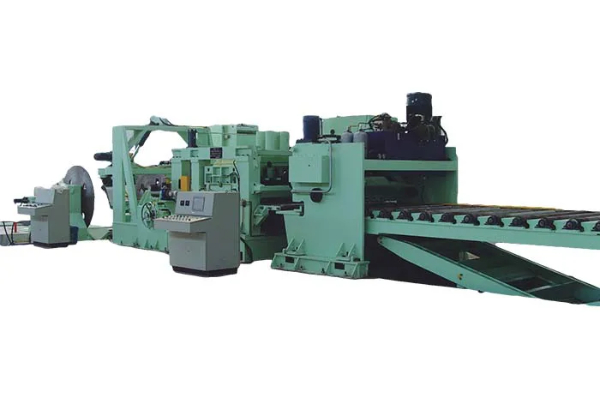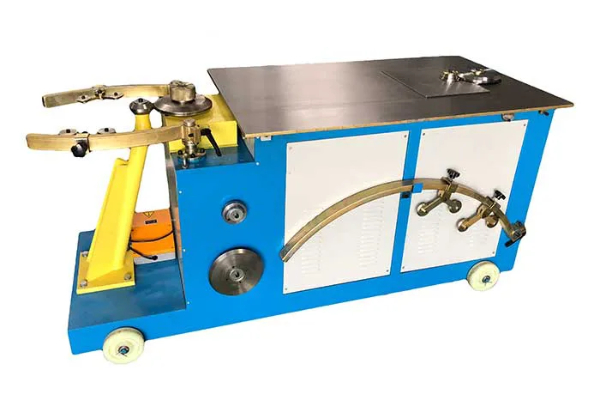
Best Practices for Operating Duct Making Machines
- By:Metmac
- 2024-05-30
- 205
Best Practices for Operating Duct Making Machines: A Guide to Precision and Efficiency
In the realm of metal fabrication, duct making machines play a pivotal role in shaping sheet metal into intricate ductwork systems that convey air throughout buildings. To achieve optimal performance and ensure precision, it’s imperative to adhere to best practices in their operation. This comprehensive guide will illuminate the essential principles and techniques for maximizing the efficiency and accuracy of duct making operations.
1. Proper Machine Setup and Calibration
A meticulously calibrated machine forms the foundation for flawless duct production. Ensure that the machine’s cutting heads are sharp and aligned, and that all measurements are set accurately. Regular maintenance and calibration in accordance with the manufacturer’s guidelines are crucial for maintaining optimal performance.
2. Selecting the Appropriate Material
The choice of sheet metal dictates the machine’s capabilities and the quality of the finished ductwork. Assess the project requirements, including gauge, material type, and intended use, to determine the most suitable material for the job.
3. Efficient Material Handling
Streamlining material handling enhances productivity. Optimize the machine’s material loading and unloading processes to minimize downtime. Utilize automated material handling systems or ergonomic workbenches to reduce manual labor and improve operator comfort.
4. Precise Cutting and Bending
Accurate cutting and bending are paramount for achieving the desired duct dimensions and shapes. Employ sharp cutting tools and follow precise bending operations to prevent imperfections. Invest in software that automates the cutting and bending process, ensuring consistency and reducing the risk of errors.
5. Effective Seam Sealing
Seams play a critical role in maintaining duct integrity and preventing air leakage. Employ appropriate seam-sealing methods, such as welding, seam taping, or sealant application, based on the project’s requirements and the duct’s intended use.
6. Quality Control and Inspection
Implement a rigorous quality control process to verify the accuracy and quality of the ductwork before installation. Visual inspections, dimensional measurements, and pressure testing ensure that the finished product meets the desired specifications.
7. Operator Training and Certification
Well-trained operators possess the knowledge and skills to operate duct making machines skillfully. Establish comprehensive training programs covering machine operation, safety procedures, and troubleshooting techniques. Encourage operators to obtain certifications that demonstrate their proficiency.
Adhering to these best practices empowers duct making professionals to optimize machine performance, enhance precision, and deliver exceptional quality products that meet the demands of modern construction projects. By embracing these principles, manufacturers can streamline their operations, increase productivity, and establish themselves as industry leaders in the field of duct fabrication.
-
Finding the Right Partner: Your Guide to Premium Sheet Metal Laser Cutting Machines for Sale
2025/12/23 -
METMAC: Defining Excellence Among Sheet Metal Laser Cutting Machine Manufacturers
2025/12/23 -
Unleashing Power and Precision: The METMAC Plasma Sheet Metal Cutting Machine
2025/12/23 -
CNC laser cutting machine sheet metal-Precision Redefined: The METMAC CNC Laser Cutting Machine for Sheet Metal Mastery
2025/12/23
-
Advanced Sheet Metal Rolling, Laser Cutting, and Folding Machines for Precision Fabrication
2025/10/31 -
High-Performance Sheet Metal Bending and Cutting Machines for Modern Fabrication
2025/10/31 -
High-Quality Sheet Metal Equipment for Sale: Efficient Solutions for Modern Manufacturing
2025/10/31 -
High-Performance Sheet Metal Equipment for Sale: Forming and Shearing Solutions for Modern Fabrication
2025/10/22
-
A Guide to the Latest Innovations in Sheet Metal Folding Machines
2024/11/29 -
Key Features to Consider When Investing in a Sheet Metal Folding Machine
2024/11/28 -
Enhancing Precision with Advanced Sheet Metal Folding Machines
2024/11/27 -
How to Choose the Right Sheet Metal Folding Machine for Your Workshop
2024/11/26







